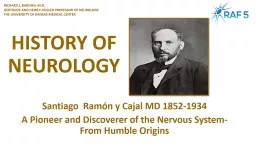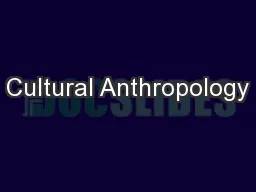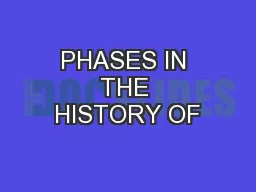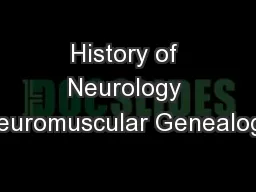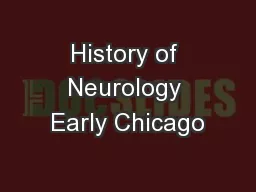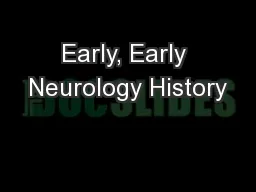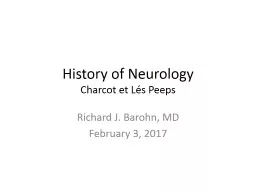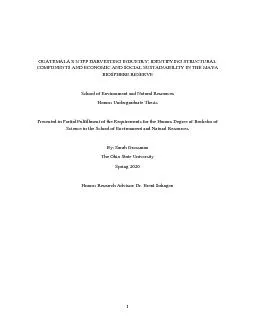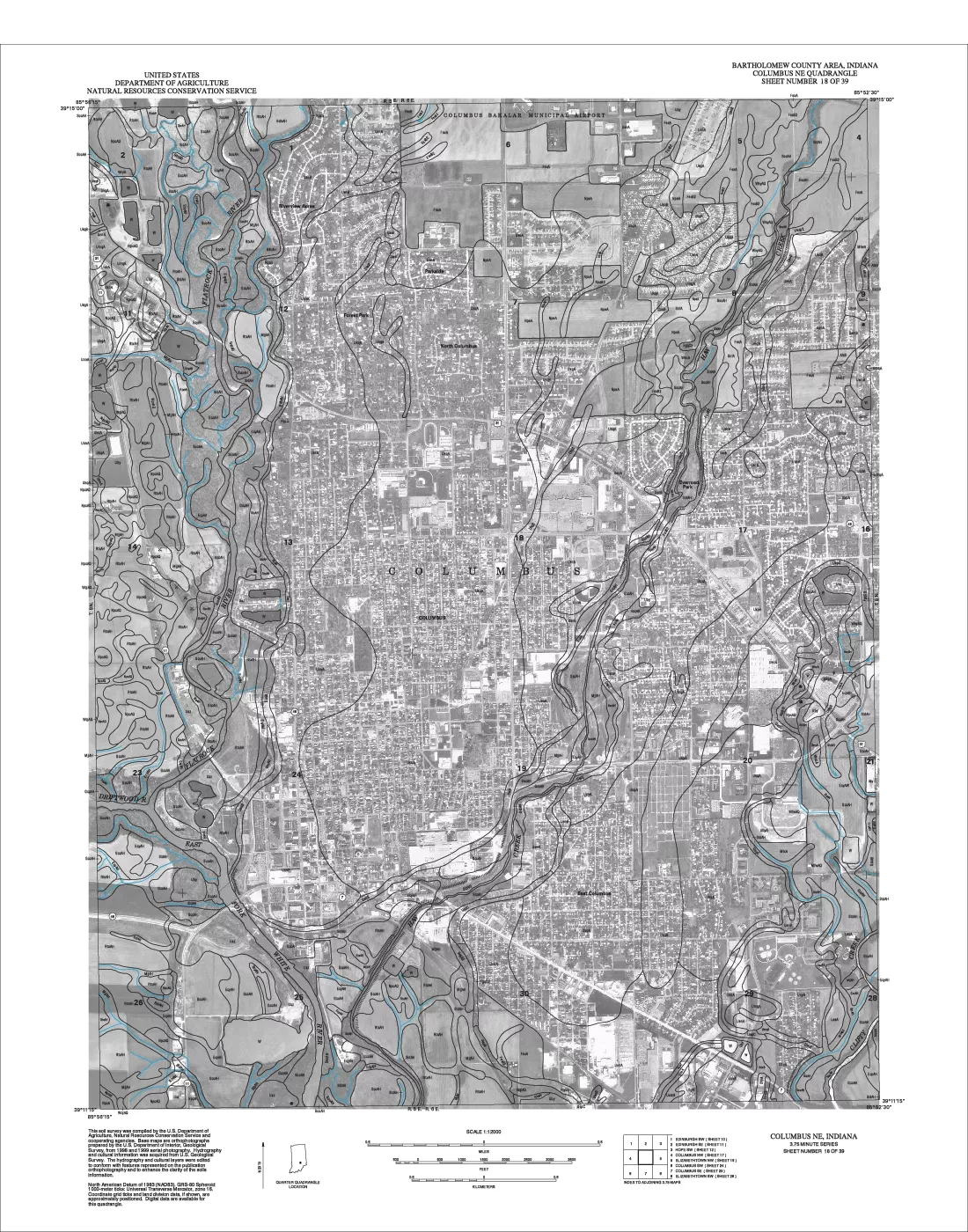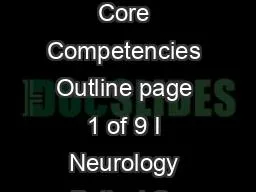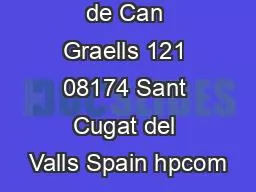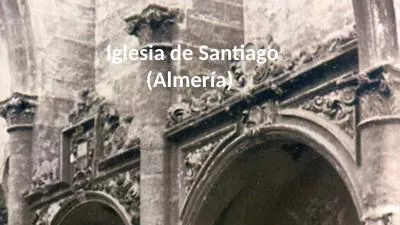PPT-HISTORY OF NEUROLOGY Santiago Ramón y Cajal MD 1852-1934
Author : danika-pritchard | Published Date : 2018-03-23
A Pioneer and Discoverer of the Nervous SystemFrom Humble Origins Richard J Barohn MD Gertrude and Dewey Ziegler Professor of Neurology The University of Kansas
Presentation Embed Code
Download Presentation
Download Presentation The PPT/PDF document "HISTORY OF NEUROLOGY Santiago Ramón y..." is the property of its rightful owner. Permission is granted to download and print the materials on this website for personal, non-commercial use only, and to display it on your personal computer provided you do not modify the materials and that you retain all copyright notices contained in the materials. By downloading content from our website, you accept the terms of this agreement.
HISTORY OF NEUROLOGY Santiago Ramón y Cajal MD 1852-1934: Transcript
Download Rules Of Document
"HISTORY OF NEUROLOGY Santiago Ramón y Cajal MD 1852-1934"The content belongs to its owner. You may download and print it for personal use, without modification, and keep all copyright notices. By downloading, you agree to these terms.
Related Documents

